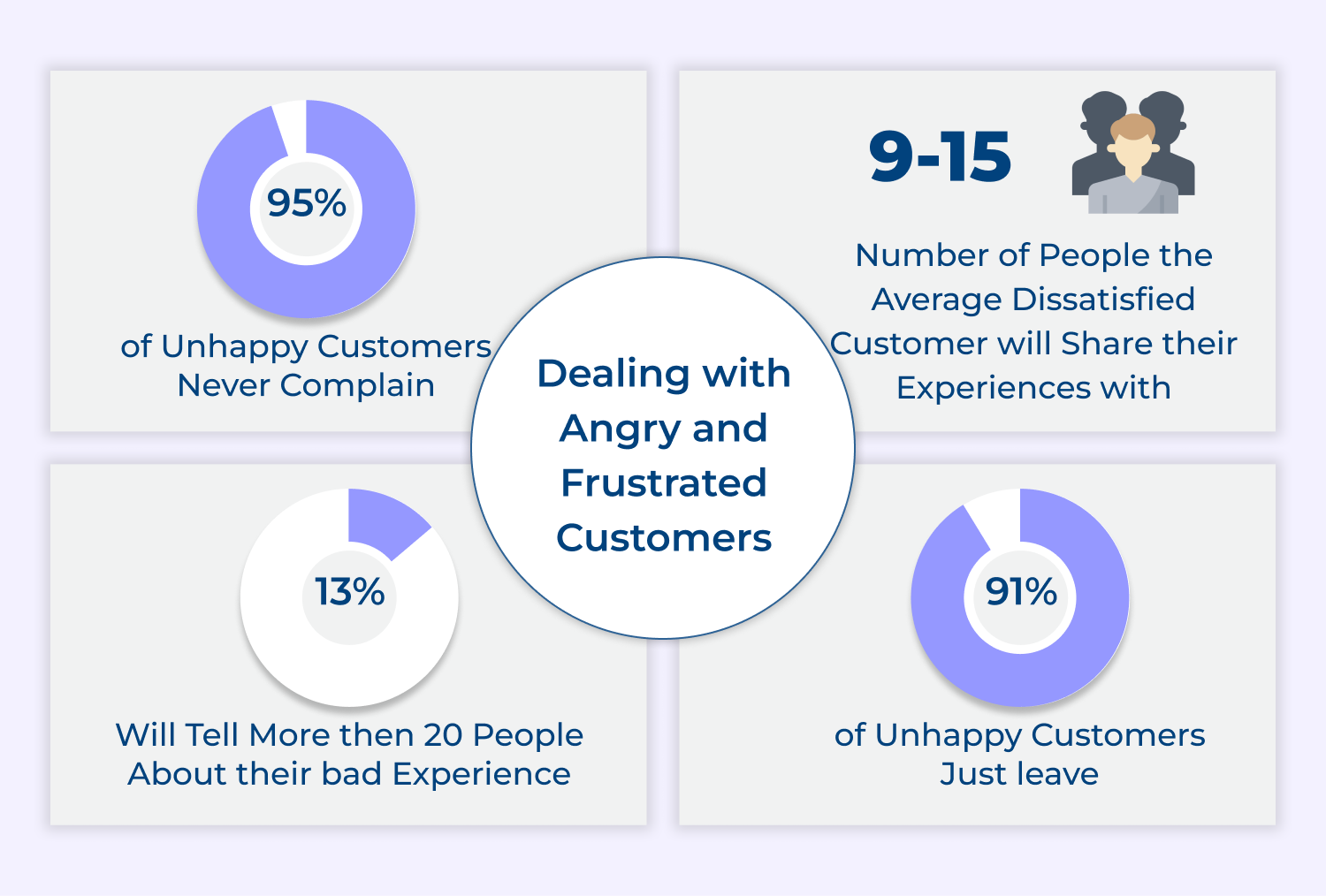Impact: The impact of employee burnout and turnover is significant. When employees feel overwhelmed, stressed and dissatisfied with their jobs, it directly affects customer service quality. High turnover rates also result in constant retraining and increased recruitment costs.
Solution: One solution to combat employee burnout and turnover in customer service is to prioritize employee well-being. It can be achieved by implementing work-life balance initiatives, offering flexible schedules and promoting a positive work environment. Providing regular training and career development opportunities to your customer service agents. It helps boost employee engagement along with job satisfaction.
Tips to Improve:
- Regularly check in with employees to gauge their satisfaction levels, provide opportunities for open communication and encourage employee feedback.
- Celebrate achievements and recognize outstanding performance to boost morale.
- Consider implementing employee assistance programs or wellness initiatives to provide support for mental health and well-being.
6. Not Investing in Right Tools and Software
Not having the right customer support software can result in inefficiencies in responding to customer inquiries. Without a proper customer relationship management (CRM) system, for example, agents may struggle to access critical customer information to provide personalized solutions. It leads to frustrated customers who feel like their needs are not being met.
Impact: The impact of not-internegative word-of-mouth.
Solution: The solution lies in implementing a robust customer relationship management (CRM) system that centralizes customer information, streamlines communication and automates repetitive tasks. It allows customer support specialists to have access to relevant data and history, enabling them to provide personalized support.
Tips to Improve:
- Take the time to compare different tools and software before making a decision. Look for features that align with your business needs and customer service goals.
- Choose tools and software that can grow with your business. Scalability is essential for accommodating an increasing number of customers as well as inquiries.
- Investing in the right tools and software is only half the battle. Ensure that your customer service team is properly trained on how to use the tools effectively to maximize their potential.
7. Not Meeting Customer Expectations
Not meeting customer expectations leads to dissatisfaction, negative reviews and loss of business. It occurs when a business fails to deliver on promises or provide the level of service that customers anticipate. It can happen due to various reasons, such as poor communication, lack of product knowledge, slow response times, or inconsistent service quality.
Impact: The impact of not meeting customer expectations can be detrimental to a business. Customers who are dissatisfied are likely to switch to competitors, spread negative word-of-mouth and damage the brand’s reputation. Research has shown that it takes significantly more effort and resources to acquire a new customer compared to retaining an existing one.
Solution: Businesses need to prioritize understanding their customers’ needs and wants. It involves active listening, effective communication and continuous improvement. Investing in regular customer feedback and implementing customer-centric strategies helps identify gaps while improving overall service quality.
Tips to Improve:
- Regularly communicate with customers to understand their evolving needs and expectations. Use surveys, feedback forms, and social media channels to gather insights into what they want.
- Treat each customer as an individual and tailor your interactions accordingly. Personalize your offerings and address their concerns with utmost empathy.
Address Support Challenges to Delivery Outstanding CX
Customer service challenges are common in any business. Despite the efforts put into enhancing CX, many businesses still face support challenges that hinder them from achieving their desired customer experience goals. Have the right strategies and a customer-centric approach to overcome these challenges.
A focus on addressing support challenges will lead to happier customers and contribute to business success. Providing excellent communication, empathy and efficient problem-solving skills helps businesses to build strong customer relationships. It enhances their reputation in the market. Remember, happy customers are the foundation of a successful business.








